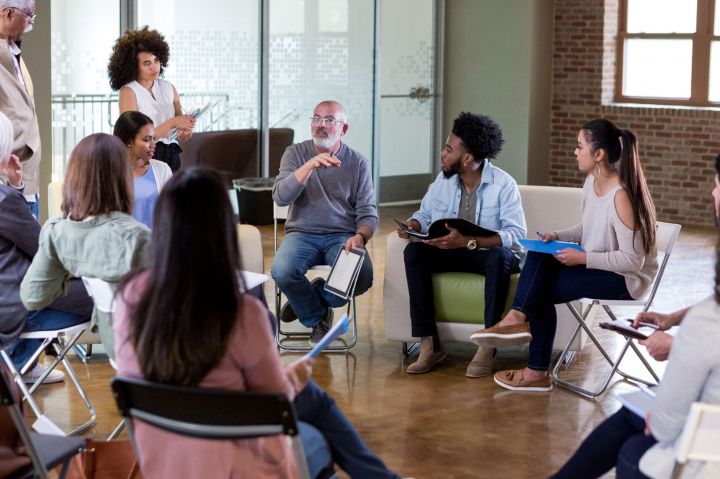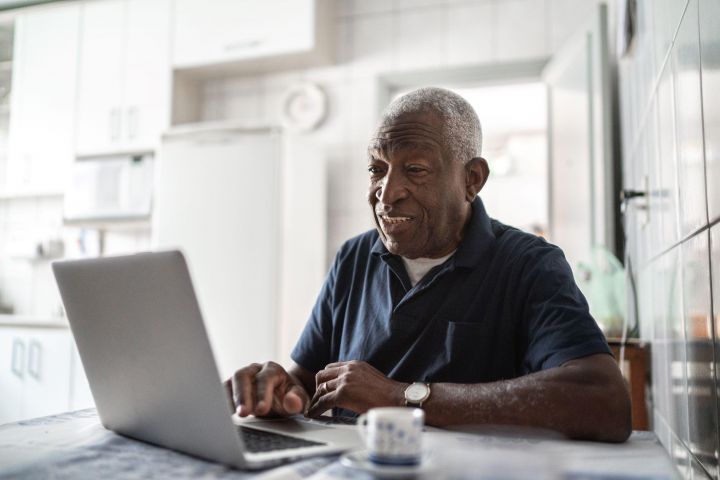View the full Emerging Issues Forum on Inclusion gaps in our programs
Built-in assumptions in our programs
An urgency to respond to the threat of Covid-19 in the early days of the pandemic coupled with spreading panic led to understandable confusion about the extent of the threat, expectations on individuals, new rules and restrictions and what supports were available. Such shortfalls were mirrored around the world.
However, as time has passed and some clarity formed around the major issues, the particular flaws in our systems that exclude members of society have been exposed.
People have missed out on important information and services, leaving them vulnerable to disproportionate financial and social disadvantage. This lies in the assumptions built into our programs. For example, we assume each individual has access to a digital device, that they can afford unlimited internet access, they are digitally literate and feel confident online, they have the physical ability to use digital tools, they understand and can communicate in English, they can work safely from home, they have the space to work from home, they know how to support their children’s learning and they have ways to stay distantly connected to friends and family.
Programs also tend to be designed for everyone, not taking into account the complexity of identity and need. Where these gaps in services have been identified, it has taken weeks to provide solutions such as translations for migrant families or digital devices for children.

The solution is co-design
Experts say the solution to creating more inclusive programs is co-designing them with the people they are built for.
“Co-designing is about sitting down and actually finding out first if we mutually understand the challenge and then how we might tackle it,” COTA CEO Ian Yates said in Inclusive Australia’s Emerging Issues Forum on 24 September.
“We need to reconsider how we think about communities and how they work, and the way we build relationships and contacts,” The Smith Family Head of Policy and Programs Wendy Field said.
“A ground up approach takes more time, but my goodness it works,” Community Hubs Australia CEO Sonja Hood said.
In the example of a website, you have to start from the assumption that it’s not going to be accessible. You can only be sure it is once you co-design it with someone who is not digitally literate.
The panel agreed that methods of communication had also suffered from a lack of inclusive co-design when developed.
“Government treats information like a one-way conversation - ‘We’re telling you’. There’s no room to ask a question or get a clarification,” Sonja said.
She believes trusted community leaders such as GPs, principals and religious leaders should be better utilised to inform the process and engage with communities. And once entrusted, they should be left to get on with the job.
Institutions such as schools have bypassed government processes to make tough decisions about how to protect their staff and students, what programs would be run and how to support parents. Select aged care facilities have demonstrated similar proactivity and creativity.
Community groups and local governments have also stepped in to translate messages into different languages, use different communication channels such as messaging tools and hotlines to reach people and to have the more nuanced conversations about the crisis.

It starts with respect
According to Ian, another significant failing is how governments and organisations develop programs as if the people they are targeting don’t have agency in their own lives.
“It’s actually respecting the agency people have, and working with their strengths and capacities and, in some cases, the solutions they might already have,” he said.
“Older communities are the most diverse and there was a lack of recognition that older Australians had a lot to contribute.”
Many people have been robbed of their agency during the pandemic. This lack of control in addition to increased isolation and heightened discrimination has led to greater feelings of exclusion among marginalised groups.
Co-design not only has the potential to lead to more inclusive programs, but it could also lead to solutions that are more beneficial for all Australians.


If you would like more information on the following article please contact andrea.pearman@inclusiveaustralia.com.au
Let us know!

